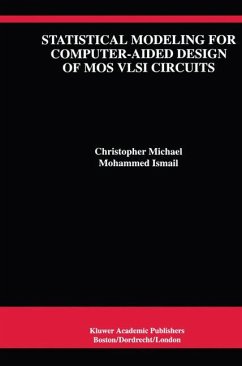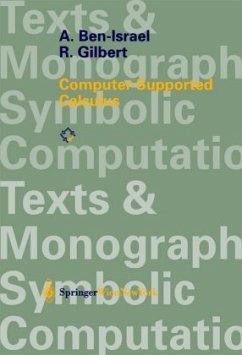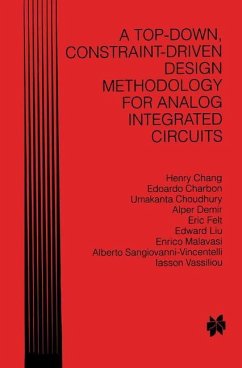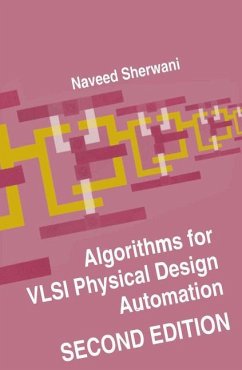
Combinatorial Algorithms for Integrated Circuit Layout

PAYBACK Punkte
20 °P sammeln!
The last decade has brought explosive growth in the technology for manufac turing integrated circuits. Integrated circuits with several hundred thousand transistors are now commonplace. This manufacturing capability, combined with the economic benefits of large electronic systems, is forcing a revolution in the design of these systems and providing a challenge to those people in terested in integrated system design. Modern circuits are too complex for an individual to comprehend completely. Managing tremendous complexity and automating the design process have become crucial issues. Two groups ...
The last decade has brought explosive growth in the technology for manufac turing integrated circuits. Integrated circuits with several hundred thousand transistors are now commonplace. This manufacturing capability, combined with the economic benefits of large electronic systems, is forcing a revolution in the design of these systems and providing a challenge to those people in terested in integrated system design. Modern circuits are too complex for an individual to comprehend completely. Managing tremendous complexity and automating the design process have become crucial issues. Two groups are interested in dealing with complexity and in developing algorithms to automate the design process. One group is composed of practi tioners in computer-aided design (CAD) who develop computer programs to aid the circuit-design process. The second group is made up of computer scientists and mathemati'::~lns who are interested in the design and analysis of efficient combinatorial aJ::,orithms. These two groups have developed separate bodies of literature and, until recently, have had relatively little interaction. An obstacle to bringing these two groups together is the lack of books that discuss issues of importance to both groups in the same context. There are many instances when a familiarity with the literature of the other group would be beneficial. Some practitioners could use known theoretical results to improve their "cut and try" heuristics. In other cases, theoreticians have published impractical or highly abstracted toy formulations, thinking that the latter are important for circuit layout.












